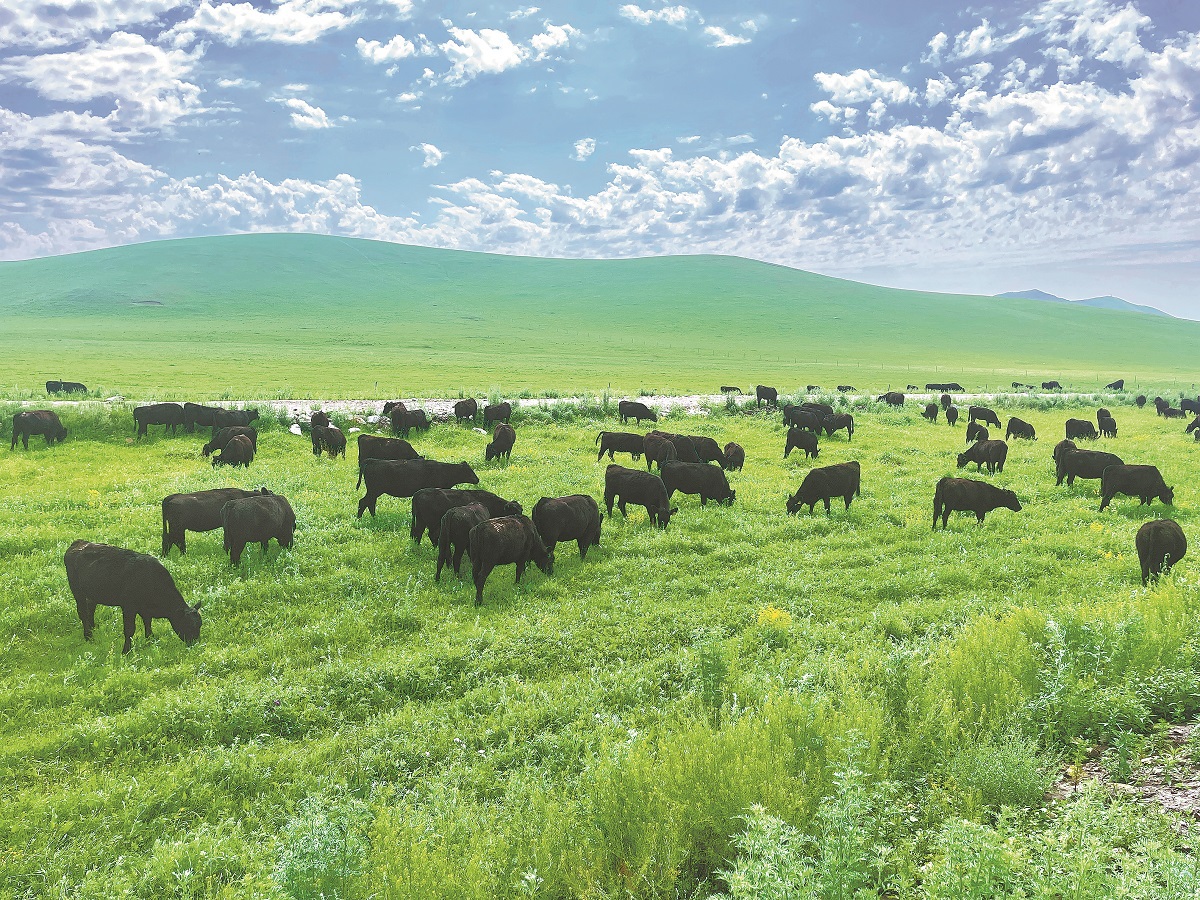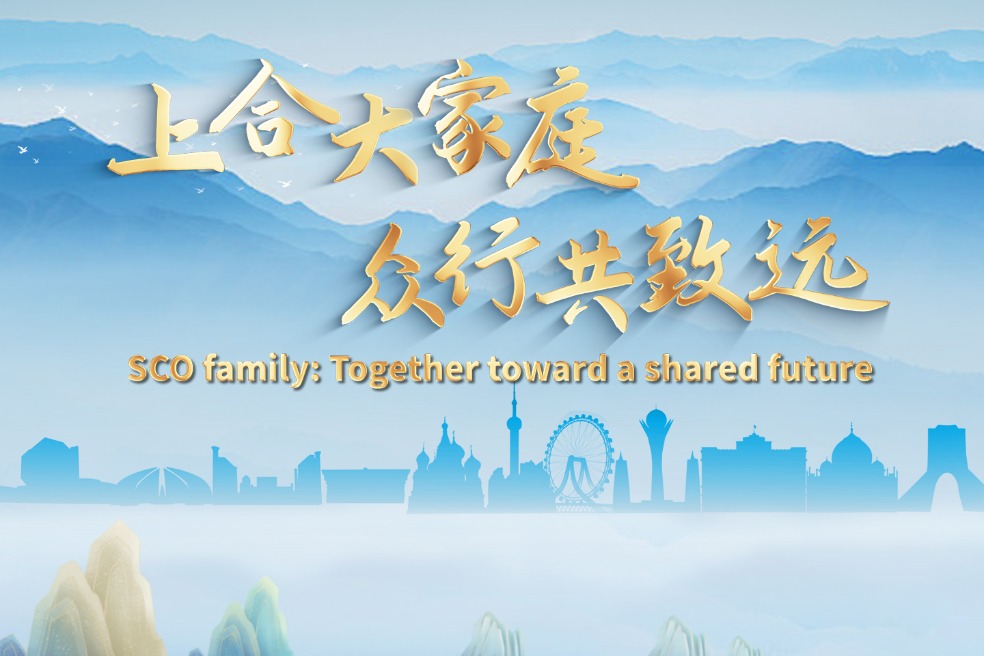Beef production hits its prime on grasslands
Eco-sensitive methods in Inner Mongolia protecting environment, providing higher-quality meat


Maintaining quality
Liu believes consumers today are not content with standard beef cuts.
As incomes rise, demand has diversified into ready-to-cook meals, premium beef sets, and even functional beef-based health products to improve immunity, aid digestion, or support muscle recovery.
This shift is opening new opportunities for businesses to expand and innovate, while also pushing companies to move up the value chain, he said.
Jiang Lumin, supply chain director at Zuoting Youyuan, said once cattle are ready for market, they are transported 2,200 kilometers to company-owned slaughterhouses in Beijing and eastern Zhejiang province's Huzhou and supply outlets in Shanghai and Jiangsu province. "We require that each transport is completed within 24 hours," Jiang said.
However, Liu cautioned that producing fresh beef for market is not an easy undertaking.
At the farm stage, volatile feed prices, stricter environmental rules, and the ongoing battle against animal diseases are squeezing profit margins, he said.
In processing and logistics, maintaining strict quality control and minimizing spoilage are constant challenges. At the market end, rising competition from a wave of new players means companies must carve out clear differentiation and build stronger consumer loyalty.
"This is an era of both opportunity and challenge," Liu said.
For China's beef industry to stand out globally, he believes a focus on freshness is key, but success will require more than policies and technology. "Enterprises must take consumer needs as their compass, dig deeper into quality, strengthen service, and lead with innovation," he said.
Jiang admitted challenges remain, as Angus beef, priced higher than ordinary beef, still caters to a niche market in China. "Angus requires us to educate consumers about its value and use our supply chain strength to open the untapped market," she said.
Online fresh grocery platforms like Dingdong Maicai have also noticed the growing appetite of Chinese consumers for fresh, high-quality beef and are joining the supply chain.
"Antibiotic-free beef needs to move beyond being simply 'traceable' to something consumers can truly feel," Shen Hao, product development specialist at Dingdong Maicai, said at a recent meat industry forum in Xiliin Gol League.
In 2024, the platform saw fresh beef sales climb by 150 million yuan, with domestic beef sales alone up more than 60 percent year-on-year, according to Shen. By early 2025, domestic beef volumes continued to grow, rising over 50 percent compared with the previous year.
"As health and food safety become more important to consumers, antibiotic-free beef is no longer just a product label but the foundation of trust," Shen said.
Dingdong Maicai introduced a platform-wide upgrade for antibiotic-free Angus beef in May, a move Shen described as "another step forward in pursuit of excellence".
Key to this strategy is supply chain innovation. The grocery platform claims it can deliver beef from slaughterhouses to consumer kitchens in as little as 12 hours, using a tightly managed cold chain and traceability system.
"The goal is to make restaurant-grade beef part of everyday meals, not just something reserved for dining out," Shen said.
He said cooperation between ranchers and e-commerce platforms can "make high-quality, antibiotic-free beef a staple in Chinese homes".
Protecting the future
Ian Lahiffe, founder of a high-tech agricultural company Just Be Cha, headquartered in Tianjin, said the grassland management in Ulgai Grassland is more thoughtful than in many of the countries he has visited.
On 400,000 mu of prairie, only 10,000 cattle graze — a density far lower than in most ranching nations, he noted.
"That gives the land time to recover and allows the animals to live well. It's an eco-friendly approach that supports long-term sustainability," he said.
Lahiffe said the integration of tradition and innovation is key to the grassland's future.
"Herders ride across these plains as they have for centuries, yet companies are helping them adapt to modern markets," he said. Seeing those newcomers bring fresh investment and ideas into the cattle industry, herdsman Dong Xiaohu feels a renewed sense of hope.
After more than a decade tending cattle on these grasslands, the work has become a way of life he has come to cherish.
While the job demands constant vigilance, especially during spring calving season when the herdsmen have to patrol the herd day and night, Dong said the rewards go far beyond money. "I feel free when I gaze across the endless grasslands and grow attached to the herd," he said.
It's a freedom he never knew in his younger years, struggling to scrape by in the cities.
Here, among the cattle, he has found a sense of peace and purpose.
"I raised some from the time they were two years old until they passed naturally at 13," Dong said.
"They've given me a sense of belonging. Plus, if you're willing to work hard, the rewards come honestly."

























